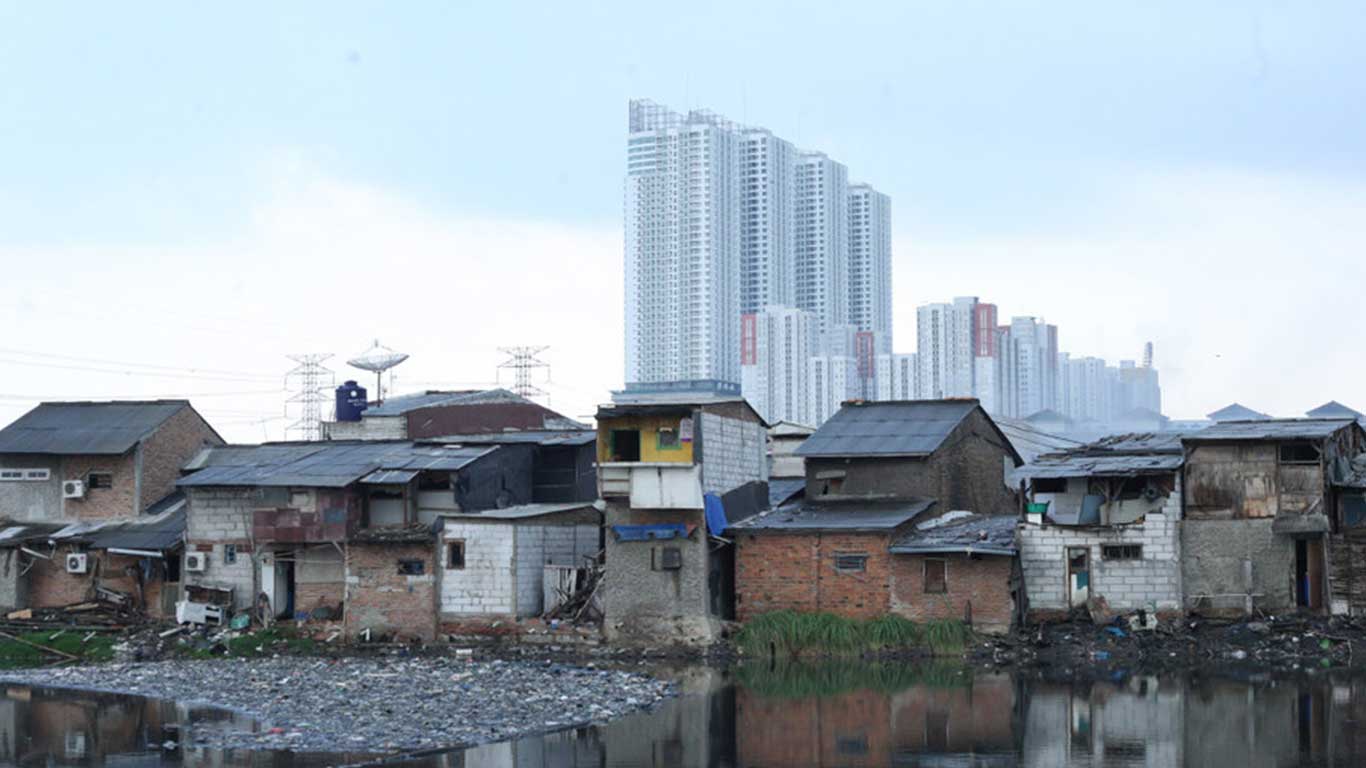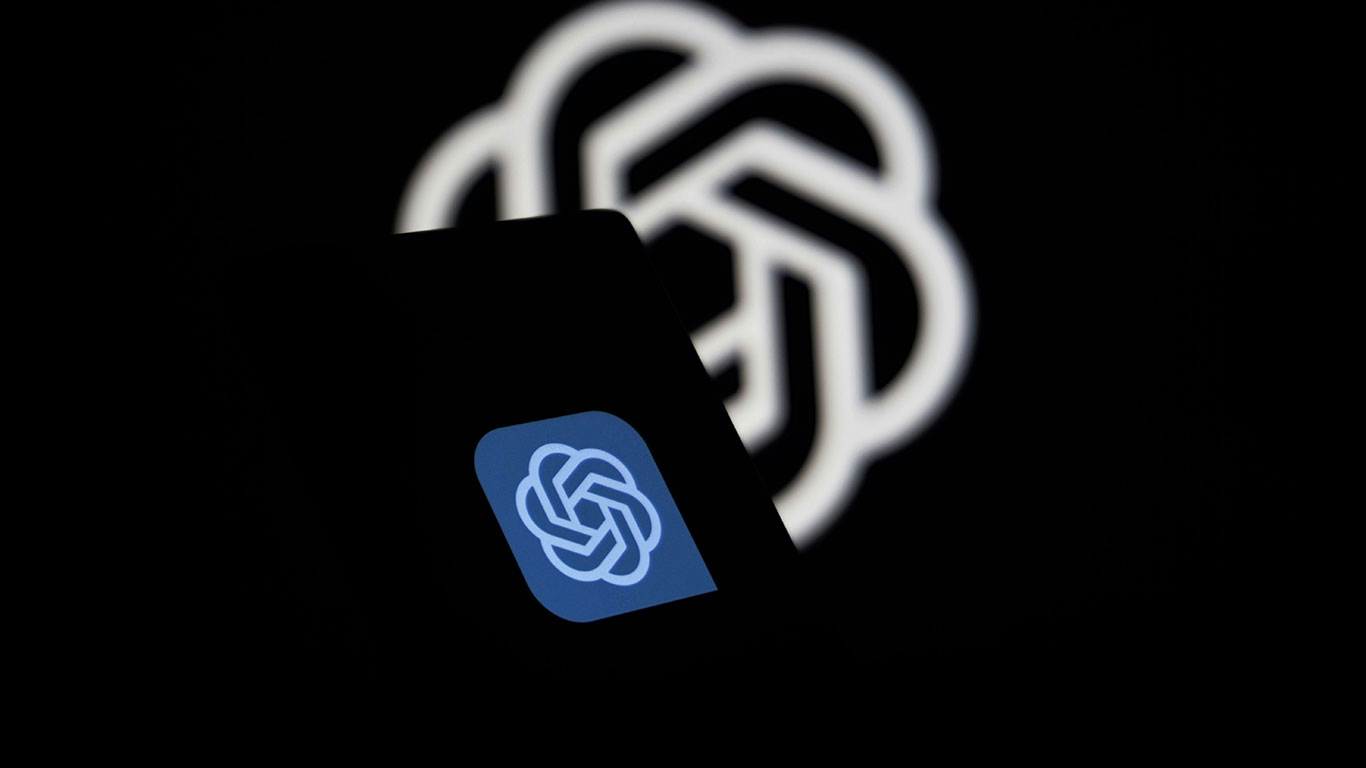featured image diambil dari http://jakartaglobe.id/business/0-1-percenter-millionaire-households-control-half-indonesias-wealth/
Artikel di bawah ini ditulis oleh Dion Bisara pada tanggal 20 Juni 2017 dan diambil dari situs Jakarta Globe (http://jakartaglobe.id/business/0-1-percenter-millionaire-households-control-half-indonesias-wealth/).
Artikel ini menunjukkan bahwa kesenjangan sosial di Indonesia sangat besar karena masyarakat kelas atas cenderung memiliki equity yang memberikan keuntungan lebih besar dibandingkan tabungan dan deposito (yang dimiliki masyarakat menengah ke bawah).
Akses kepada peluang investasi sangatlah penting agar tidak hanya masyarakat kelas atas yang menikmati keuntungan / imbal hasil yang lebih besar daripada tabungan dan deposito.
Jakarta. A tiny number of millionaire households will control more than 50 percent of Indonesia’s financial wealth — around $900 billion — by 2021, a new report from Boston Consulting Group showed, making it harder for the government to end economic inequality in the country.
The BCG report said 34,000 high net-worth households, or 0.1 percent of Indonesia’s total households — defined as those with more than $1 million worth of assets — will control 51.8 percent of the country’s financial wealth — in bonds, cash and deposits as well as in equities — by 2021.
Last year, there were only 27,000 millionaire households, controlling 49 percent of the wealth.
Such level of wealth concentration reflected a trend that is also happening in the rest of the world, BCG said in its report — “Global Wealth 2017: Transforming the Client Experience” — published last week.
“The number of millionaire households is increasing at a higher rate than in 2015, driven by strong growth in equities. Their share of overall wealth also continued to grow in 2016 — a trend that shows no sign of stopping,” BCG said in the report.
“Such households are expected to hold slightly more than half of total global wealth by 2021,” the consulting firm said.
In Indonesia, BCG data from 2016 showed millionaire households held only between 58 to 65 percent of their wealth in cash last year. The households also tend to put more money in equity in line with the size of their wealth, allowing them to tap into robust increase in stock prices.
Over the next four years, Indonesia’s stock market is expected to provide an annual equity risk premium of 8 percent — or a return of 8 percentage points higher than the return from the benchmark government bond rate.
In comparison, households owning less than $1 million put 75 percent of their wealth in cash and deposits, which would only generate an annual return of 6 percent over the period, BCG said.
Indonesia’s total financial wealth would reach $900 billion in total by 2021, up by a third from $600 billion last year, according to the BCG Global Wealth Market-Sizing Database 2017.
That represents a compounded annual growth rate of 10.8 percent, higher than 9.9 percent for the Asia Pacific region and 6 percent globally, BCG said.
Growth and Redistribution
That level of growth in new wealth creation owes its existence to higher gross domestic product and saving rate, BCG said.
The firm estimated Indonesia’s GDP would increase to Rp 21,476 trillion ($1.6 trillion) in 2021, from just Rp 12,407 trillion last year.
In the next four years, the country’s households would set aside 4.77 percent of their disposable income in saving, up slightly from 4.61 percent last year.
Peter McCawley, an economist from the Australian National University, said the Asia Pacific region, including Indonesia, has seen rapid growth in the past five decades and is expected to maintain it in the future thanks to a commitment in economic development, keeping the peace and pursuing good policies.
But economic inequality will remain a challenge in this part of the world, according to McCawley.
“During a period with burst of growth, usually only certain groups benefit form it in the early stage…. With increasing income, it should be easier to implement redistribution policies,” McCawley said in a recent interview with the Jakarta Globe.
Indonesia has just recovered from its worst inequality level, reflected by a Gini ratio reading of 0.41 in 2013. The government’s effort to boost infrastructure development and implement universal health care, among others, managed to reduce the Gini ratio to 0.394 by the end of 2016.
President Joko “Jokowi” Widodo has made economic and social equality a priority for his administration this year, with a focus on providing equal access to health care, education and economic means for all Indonesians, after concentrating on infrastructure development in his first two years in office.
While Jokowi is still enjoying support from the majority of Indonesian, he may want to take a cue from the recently-concluded Jakarta governor election in which infrastructure development alone failed to attract voters who are more concerned with how they can eke out a living, local observers said.
“I think it’s important to have democracy, because it gives those who are unlucky an opportunity to air their grievances,” McCawley said.
McCawley noted the government holds a key role to lower inequality level. Among others, it should be more efficient in collecting taxes to increase public spending. It also has to ensure the money it spends has an effective and lasting impact.
“There needs to be better redistribution of tax and government spending, but Indonesia is not quite there yet. There is a lot of talk about it, but most of it is just rhetoric at the moment,” McCawley said.





